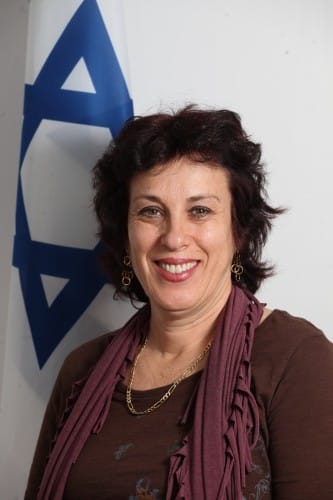Specially funded research is research funded by non-university sources such as foundations, R&D programs and grants from the Ministry of Science and other government ministries, as well as intra-university funds designated for research. This, in contrast to the funding made from the current budget of the universities.

The CBS data collected for the National Council for Research and Development in the Ministry of Science show that during the year 1.7, seven research universities in Israel raised NIS 9 billion to finance research from non-university sources. This is an increase of about XNUMX% compared to the previous year.
Specially funded research is research funded by non-university sources such as foundations, R&D programs and grants from the Ministry of Science and other government ministries, as well as intra-university funds designated for research. This, in contrast to the funding made from the current budget of the universities.
Among the universities, the Hebrew University leads in raising funding for research from non-university sources with NIS 464 million raised in 70 (an increase of about NIS 373 million compared to the previous year). After her, Tel Aviv University with about 287 million NIS, the Weizmann Institute of Science with about 242 million NIS, the Technion with 204 million NIS and Ben Gurion University of the Negev with about 105 million NIS. They are followed by Bar Ilan University with approximately NIS 78 million and Haifa University with approximately NIS XNUMX million.
Broken down by fields, Hebrew University researchers are leaders in raising external funding, especially in the fields of the humanities, education, society and law, as well as in medicine and the natural sciences. While the Weizmann Institute leads in mathematics and computer science, physics and biology.
"The ability to obtain external funding for research indicates both the level of researchers at the university and its abilities in raising investments," says Prof. Yitzhak Ben Israel, chairman of the National R&D Council. "External funding on such a high scale is a sign of the quality of research in Israel, but also a worrying sign indicating a lack of research budgets that are routinely directed to universities."
According to the Chief Scientist at the Ministry of Science, Technology and Space Prof. Nurit Yeremia, "Israeli researchers compete with their colleagues around the world to obtain research resources from the most prestigious foundations in the world and the respectable winning rates indicate the excellence of Israeli researchers. However, in the State of Israel there is not enough budgeting for basic research, which is a critical infrastructure for applied research and the development of advanced technologies and has an impact on the entire economy. The institutions of higher education in Israel have declined in the last year in the Shanghai index, also due to the lack of appropriate allocation of government resources. The Ministry of Science, Technology and Space aims to help obtain additional research resources both through dedicated research funds and through establishing science ties with other countries."
Research and development spending at universities, including funding from the current budget, constitutes about 13% of all civilian research and development spending in Israel. The main source of funding is from foundations and research programs in Israel which are responsible for 56% of the funding this year and accordingly, 44% of the funding comes from sources abroad. In biology, mathematics and computer science, most of the funding comes from abroad.
From the analysis of expenses according to research fields in the seven research universities, it appears that about 54% of the expenses were in the natural sciences, about 10% in medicine, 16% in engineering and architecture, 4% in agriculture, and about 15% in the humanities, social sciences and law.
